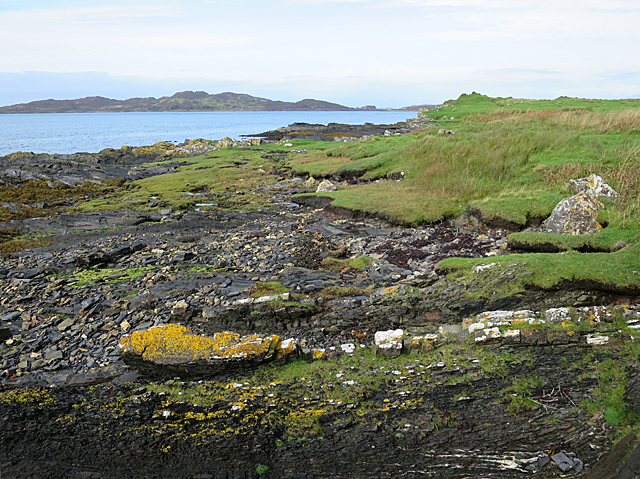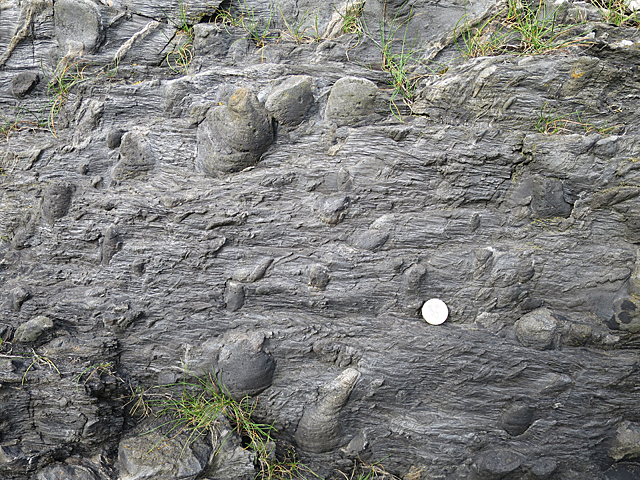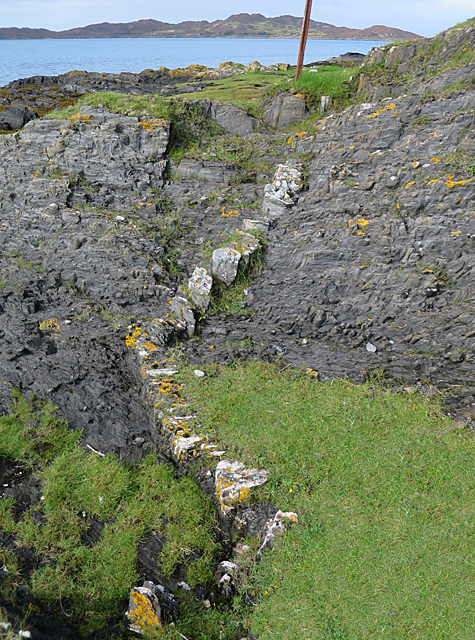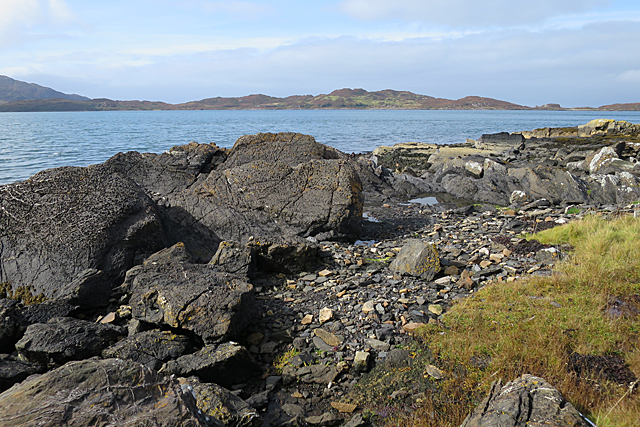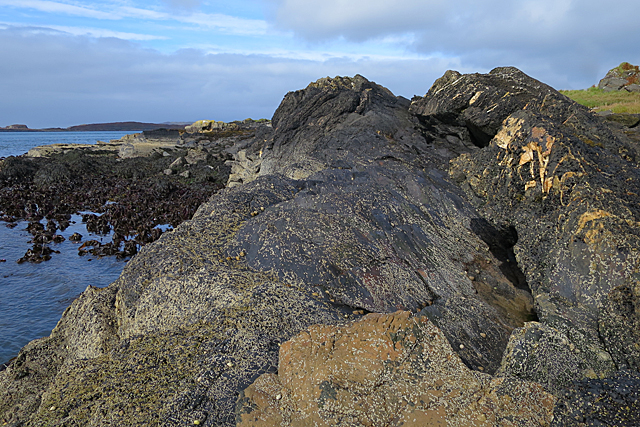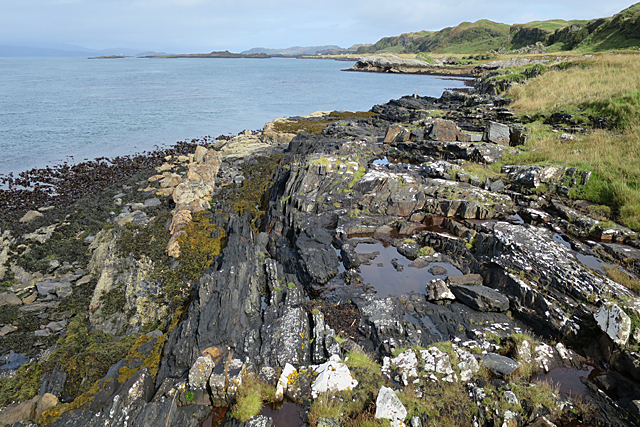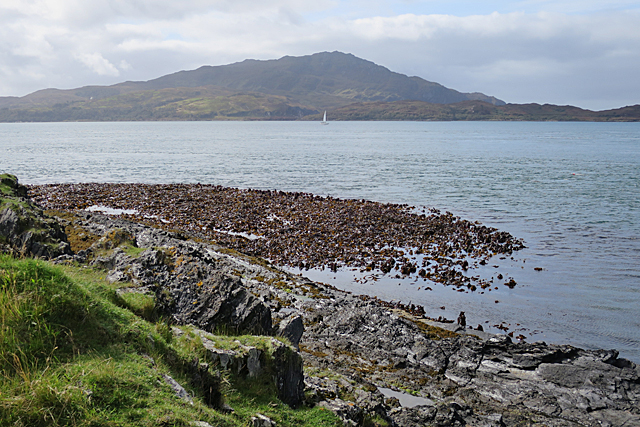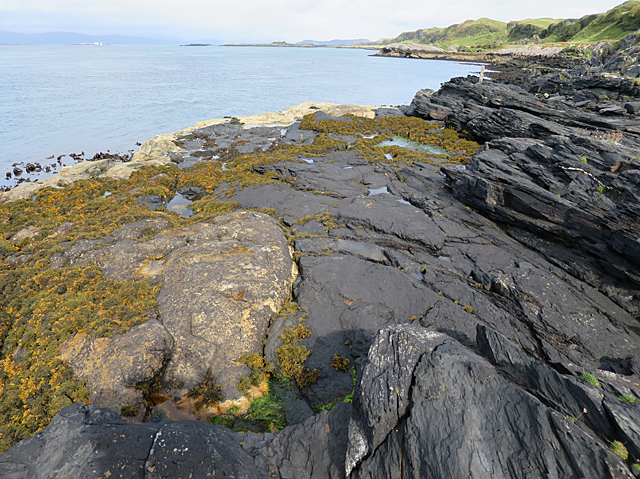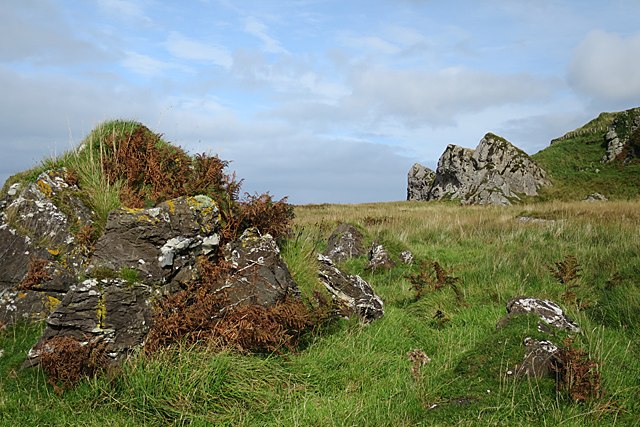Sound of Luing
Sea, Estuary, Creek in Argyllshire
Scotland
Sound of Luing
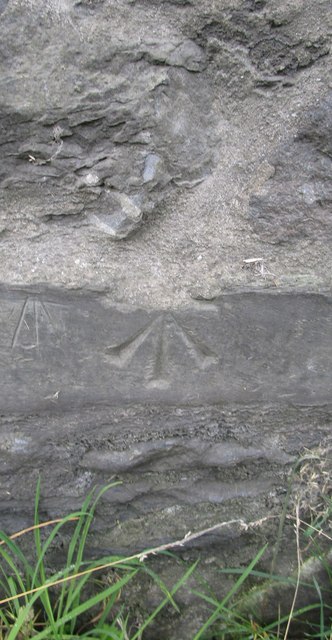
The Sound of Luing is a picturesque body of water located in Argyllshire, Scotland. It is classified as a sea loch, which is a narrow inlet of the sea surrounded by land. Specifically, the Sound of Luing separates the island of Luing from the mainland of Scotland.
With its stunning views and tranquil atmosphere, the Sound of Luing attracts visitors and locals alike. The sea loch is surrounded by rolling hills and lush greenery, creating a breathtaking backdrop for those who visit. The calm and clear waters of the sound are also home to a variety of marine life, making it a popular spot for fishing and wildlife enthusiasts.
The tidal nature of the Sound of Luing creates a unique estuarine environment, as the water levels rise and fall with the tides. This ebb and flow of the tides create a dynamic ecosystem that supports a diverse range of flora and fauna. Seals, dolphins, and porpoises are often spotted swimming in these waters, delighting those who have the opportunity to witness their playful antics.
The Sound of Luing also features several small creeks that branch out from the main body of water. These creeks offer a sense of exploration and adventure, as visitors can kayak or sail through them, discovering hidden coves and secluded beaches along the way.
Overall, the Sound of Luing is a natural wonder that showcases the beauty of Scotland's coastal landscape. Whether it's the sea, estuary, or creeks, this area offers a tranquil escape for those seeking a peaceful retreat or an opportunity to immerse themselves in nature.
If you have any feedback on the listing, please let us know in the comments section below.
Sound of Luing Images
Images are sourced within 2km of 56.221813/-5.6692742 or Grid Reference NM7209. Thanks to Geograph Open Source API. All images are credited.
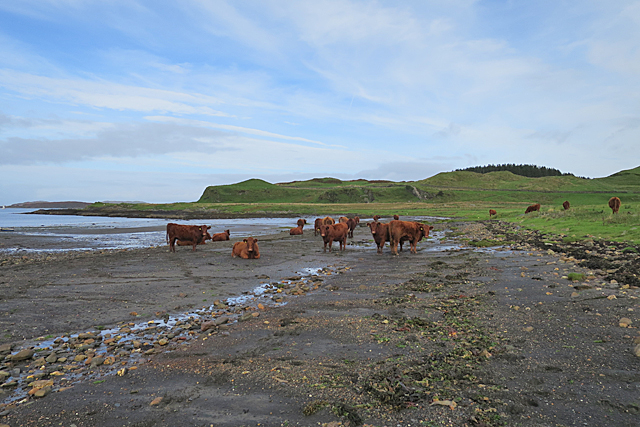
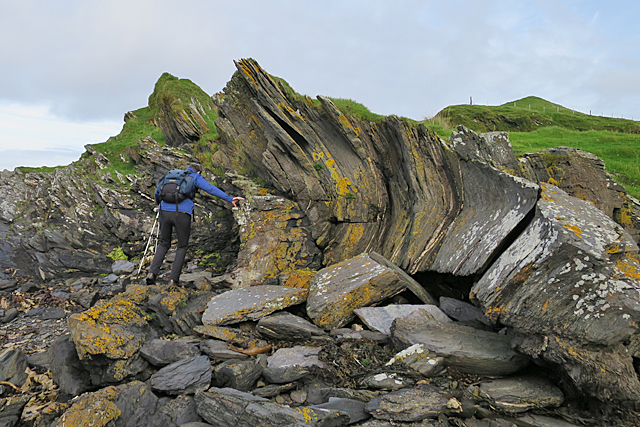
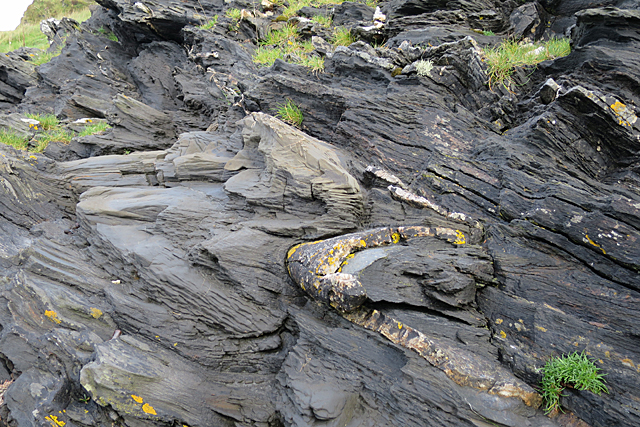
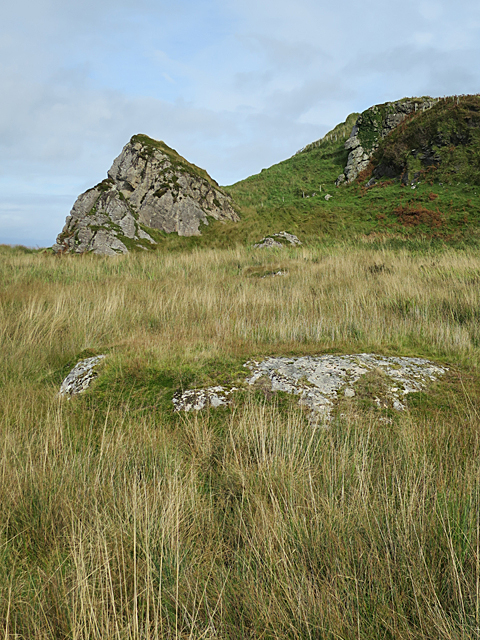
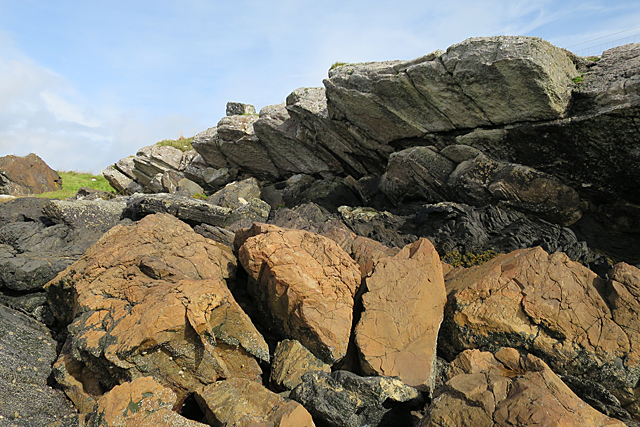
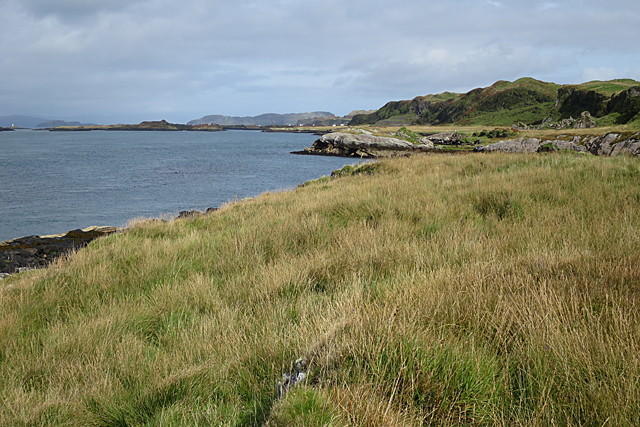
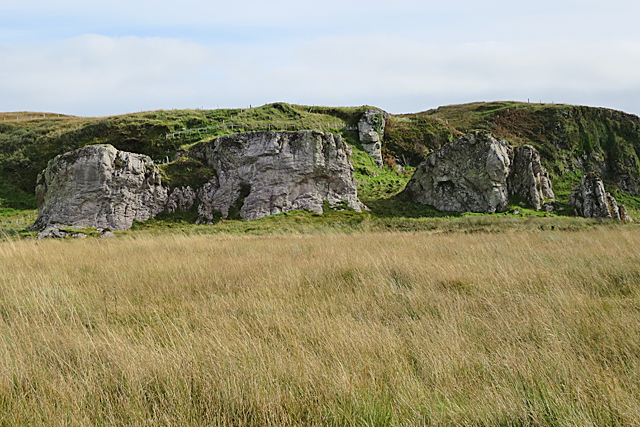
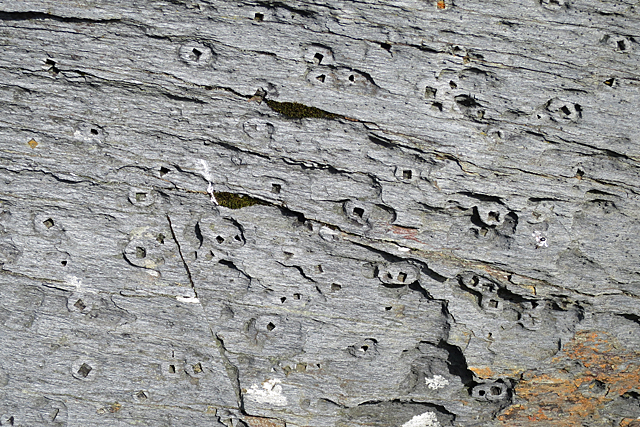
Sound of Luing is located at Grid Ref: NM7209 (Lat: 56.221813, Lng: -5.6692742)
Unitary Authority: Argyll and Bute
Police Authority: Argyll and West Dunbartonshire
What 3 Words
///motoring.absorbing.rebounder. Near Lochbuie, Argyll & Bute
Nearby Locations
Related Wikis
Luing
Luing ( LING; Scottish Gaelic: Luinn) is one of the Slate Islands, Firth of Lorn, in the west of Argyll in Scotland, about 16 miles (26 km) south of Oban...
Lunga, Firth of Lorn
Lunga is one of the Slate Islands in the Firth of Lorn in Argyll and Bute, Scotland. The "Grey Dog" tidal race, which runs in the sea channel to the south...
Scarba, Lunga and the Garvellachs National Scenic Area
Scarba, Lunga and the Garvellachs is the name of one of the 40 national scenic areas of Scotland. The designated area covers the islands of Scarba, Lunga...
Ardinamir
Ardinamir is an anchorage and small settlement on the island of Luing in Argyll and Bute, Scotland. == References ==
Nearby Amenities
Located within 500m of 56.221813,-5.6692742Have you been to Sound of Luing?
Leave your review of Sound of Luing below (or comments, questions and feedback).
